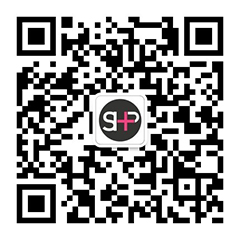MPC Shanghai VFX Supervisor Andy Steele talks through the process of creating the Coca Cola T-Rex.
Preparation
The two weeks that we had to prepare for the T-Rex shoot were vital to the overall success of the project.
The first things to consider were the look, scale and behavior of the T-Rex. Mark (Toia, director) briefed us in detail about the overall aesthetic of the dinosaur. With his director’s board we started to develop a full understanding of the action of the sequence. We then started the modeling and look development of the T-Rex, including skin color and facial features.
We needed to consider that our T-Rex had to transform from ferocious during the jungle sequences, into a “happy pet” at the end.
To help achieve this effect, the CG team made some smart decisions on animation controls, allowing the animation team to express the change through subtle face changes and ‘wobbly bits’. The puppet rig ended up being very simple with some extra controls. We considered adding extras such as muscle systems, but because we had only four weeks post shoot to get the commercial on tape and to the TV station, time was too tight. We depended on the creativity of our animation and rigging teams to come up with solutions so the animators could hand-key these extra details.
Once we had a workable rig, we took a DSLR up onto the roof and shot the storyboard frame-by-frame.
To achieve the director’s board, we measured the general dimensions of the T-Rex for each shot and where he would be in-frame. We had decided that the dinosaur was going to be around 5m tall, 11m long and 3.5m in pursuit mode. Rehearsing where such a large character was going to be in-frame was essential preparation. When I arrived on set I had already had a semi-formed picture of what might work for the shoot, which eliminated any potential procrastination.
Meeting the Director
When you meet the director for the first time, it’s important to create the best impression, because trust is essential.
Mark drove me to the shoot location, Brisbane, which is also his hometown, so we had around an hour-and-a-half to get to know each other. In that first meeting we ran through in detail his expectations for the shoot. He wanted to shoot fast, using hand held or mono pod, as everything would need to be shot in natural light across one day. We would need to travel light, as we would be moving on foot between locations in the bush.
Shoot Day
The first six hours of shooting were going to be in the bush, away from base camp. I stripped my equipment down to the essentials:
- Walkabout DSLR for texture and references
- Fish-eye DSLR and tripod
- iPad
- Macbeth chart for color calibration
- Trackers
- Tape
- Measurement tools
The main purpose of the shoot is to capture the principle photography. It’s important not to over-supervise and become a hindrance to that purpose.
Throughout the shoot, communication was essential. Apart from a key duty, the recording and capturing of the principal camera’s information such as lens, height, pitch, Macbeth chart’s for color calibration and set diagrams.
I was required to leave set and take HDRI’s for the lighting team and reference photos for textures.
We were constantly moving between locations so it was important to choose the right time to do this. It’s crucial information for the CG artist, but you cannot hold up the shoot. Once they had finished in the particular location, I would spend 15 to 20 minutes shooting alone, before running to catch up while they were setting up for the next shot.
The director made a point of communicating his vision for each shot beforehand.
This included the T-Rex movements and his proximity to the actor. On the ridge, the director, supervisor and crew came up with simple solutions to help Mark and the actor understand the dinosaur’s actions. For instance, for the roaring shot, one of the props held a white piece of one-meter poly-board to cut the light on our actor. As our dinosaur comes forward and roars, beneath the camera and out of shot is the other prop hand with a leaf blower, creating a blast of ‘breath’. It was a simple but effective way to synchronize the action and shoot a clean plate.
That first practice run with the DSLR really kicked in at this point.
These were the performance shots with interaction between the actor and a full CG creature. You can’t prepare for every eventuality, but being prepared for some of the challenges presented on the shoot day is essential.
Post
Agency creatives, client and director are all heavily involved in the postproduction process.
Effective communication between all parties is key. Everybody needs to have confidence that the story is being told correctly. It’s our job to make sure everyone is on the same page during the edit.
When we received the first draft of the edit from Mark, we took a single frame from each shot and drew a crude T-Rex to help plan action and framing.
This gets everyone is on the same page from the beginning. The animation team, using some of the on-set information, positioned the T-Rex in one key pose, in shot, with the correct camera. We then sent the FX board to the director for comments and approval. This is a good use of your time prior to edit approval.
Once the edit was approved, working closely with the director, the team put together an animatic.
The key considerations at this stage are framing, story telling and action. After a couple of rounds with the director it was approved for presentation to the agency, and the project could truly begin.
The production was led by the Shanghai team, but it was a truly global effort.
We received fantastic support from the MPC studios around the globe. It required amazing co-ordination from supervision and production teams on each site. In Shanghai we had an animation team, FX, Lighting, compositing, look development, color grading and online. We had our lighting lead in London as well as an animation lead for some shots. Bangalore supplied matte painting, compositing, rigging, modeling and roto. We used the full force of the MPC Arnold render farm to handle the bulk of the shots.
【准备阶段】
两周的前期准备工作对于该广告的整个拍摄过程是至关重要的。
首先纳入考量的,是暴龙的外貌、大小和动作习惯。马克·托亚导演在跟我们开会时详细的描述了他对于恐龙的美术概念。在他的导演分镜图的指导下我们开始全面研究一些动画镜头。在这之后我们开始建模并搜索关于暴龙的研究,包括皮肤颜色和面部特征。
我们需要考虑到,这里的暴龙要从丛林中的凶猛狩猎者,转变成最后的“快乐的小狗”的状态。
为 了达到这个效果,三维团队在模型控制上做了一些聪明的决定。这让动画团队能够完成小到面部表情的微调,大到巨型摇摆的动作。而要让(动画)模型做到这些只 需要添加一些非常简单的额外操作即可。我们考虑过添加一些诸如肌肉系统之类的效果,但因为我们只有4周时间去拍摄及后期制作,时间上实在吃紧。我们只能希 望通过动画以及模型控制上做出相应的创意性的解决方案。
一旦我们有了一个可用的模型,我们用一台单反相机去屋顶天台,一个镜头接一个镜头地拍摄故事版。
以 导演的分镜图为基础,我们大致测定了恐龙在每个镜头里移动的距离和位置。我们决定恐龙将有5米左右高,11米长,在追逐模式下速度3.5米/秒。事先排演 如此巨大的角色在镜头中的位置是必不可少的准备工作。当我到达布景地时我手上已经有了一份半成品的拍摄照片,这避免了时间延迟的潜在风险。
【与导演会面】
当你与导演第一次会面时,给他留下一个好印象至关重要,因为信任在合作中必不可少。
马 克驾车带我去到拍摄地,布里斯班(澳大利亚第一大海港,昆士兰州首府,全澳第三大城市),也是他的故乡。因此我们用了一个半小时去了解彼此。在第一次会面 里我们大致讨论了一下他心里对于拍摄的想法,而他的想法是快速运镜,运用手持式摄像机或独脚架拍摄。就像镜头中的所有东西都能体现出自然光在一天中的变 化。因此我们需要移动光源,就像我们徒步在灌木丛中行走一样。
【拍摄日】
一开始6小时的拍摄在灌木丛中进行,远离大本营,因此我减轻负重,只留下必需品:
- 单反套装(拍摄质地和纹理参考照片);
- 鱼眼镜头和三脚架;
- iPad
- Macbeth色卡;
- 定位装置;
- 胶带;
- 和测量工具
拍摄的主要目的是捕捉基础画面,需要注意不要有过多的干预以至于妨碍达成这个目的。
在拍摄期间,交流沟通至关重要,在主要工作之外,纪录和捕捉基准摄像机的数据如镜头角度、高度、位置、麦克白24色色卡定位和绘制图表也在同时进行。
我需要为打光团队准备HDRI(High-Dynamic Range Image,高范围动态图像),以及拍摄照片做质地和纹理参考。
我们经常来回奔波于不同的场景,因此选择适当的时间工作是很重要的。尽管对于CG艺术家来说这很关键,但你总不能耽搁拍摄时间。因此当他们在特定地点结束了拍摄,赶到下一个拍摄地并忙于架设布景之时,我则选择花15-20分钟在前一地点单独拍摄。
导演提前讲述在每一个镜头里他想要的视觉效果是怎样的。
这 其中包括了暴龙的每个动作和他接近演员时的效果。在山岗上,导演、监制和剧组都在做一些简单的准备,让马克导演能更好地理解恐龙的动态效果。比如,在那个 吼叫的镜头里,其中一个道具师举着一块一米见方的宝丽板,制造出演员身上的遮光效果;而在恐龙靠近并吼叫的同时,在摄影机下方,镜头之外,另一个道具师举 着一个吹叶机,制造出强劲吐息的气流效果。这些方法简单而有效,既协调了动作又留下了空白的镜头空间。
拍摄前期的预演准备工作DSLR此时就发挥了作用。
这是个充满了表现力的镜头,体现了演员和全CG角色的互动。你当然不可能对于所有事情都准备万全,但对于突发状况的应对措施准备还是必不可少的。
【后期】
广告代理、客户和导演都在后期制作上投入了很大精力。
各单位之间的有效沟通是关键。每个人都需要确信,这个故事的描述方式是正确的。在剪辑期间,让每个人都齐心协力是我们的工作。
当我们收到了马克剪出的第一版样片后,我们在每个镜头里截取一帧,并且简单合成了一只暴龙,这有助于动态设定和合成。
从一开始,所有人就都团结一致。动画团队,利用布景的场地信息来确定暴龙在摄像机的正确角度的动作姿态。接下来我们将效果图送给导演,请他们指正和批准。在你动手编辑终审版本之前,这是个很好的利用时间的方式。
当你终于和导演达成一致之后,要继续和导演紧密合作,齐心协力制作视频动画预演。
在这个阶段,主要需要注意的是合成、故事流畅性和动态。在与导演的几轮磨合下来,当代理商确定了动画演示,这个项目就可以真正启动了。
这个项目主要由上海的团队牵头,但绝对达到了国际级水准。
我 们在得到了MPC全球工作室的鼎力支持,这需要监制和制作团队天衣无缝的配合。在上海我们的动画团队负责特效、打光、合成、视觉造型开发、调色和精剪合成 工作。伦敦工作室负责指导打光和部分镜头的动画工作。而在印度的班加罗尔则提供了背景绘图、合成、关节牵引、建模和动态抠图准备工作。绝大多数镜头由 MPC工作室的Arnold渲染系统的全功率渲染。



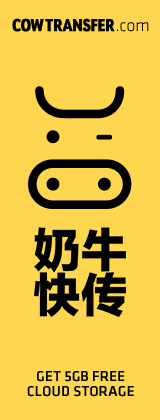
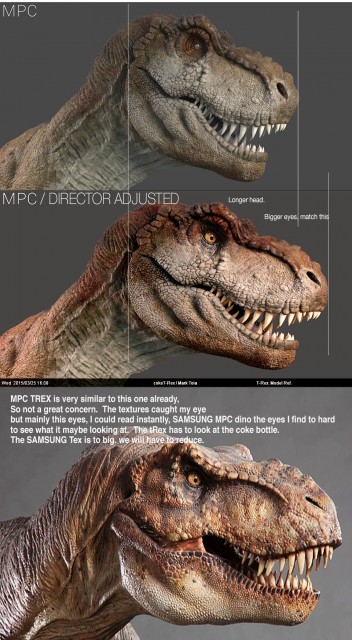
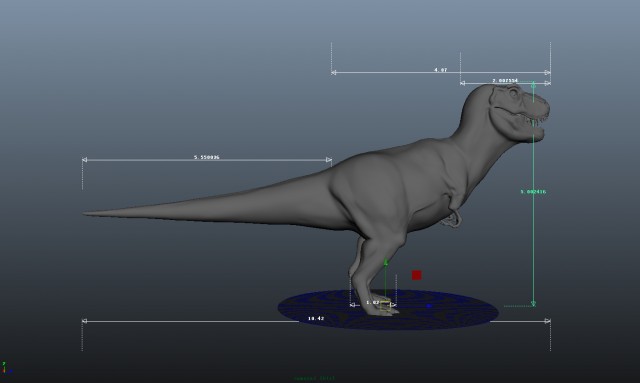
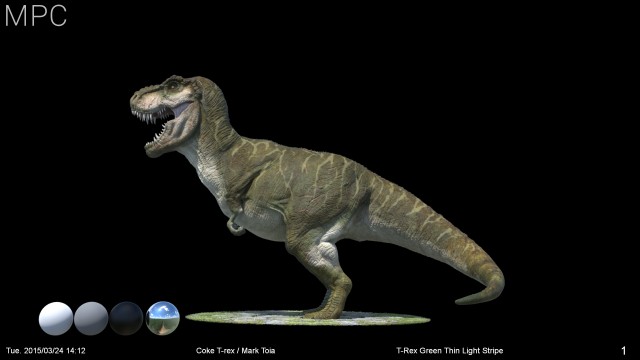
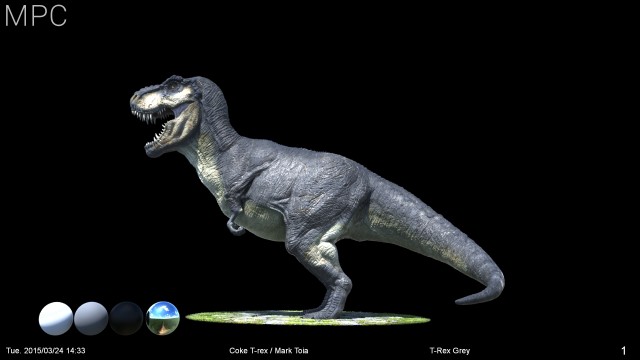
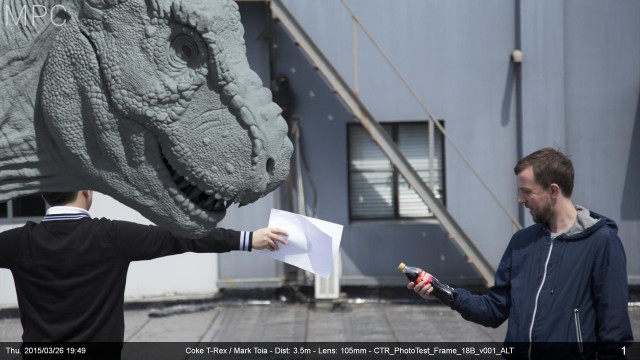
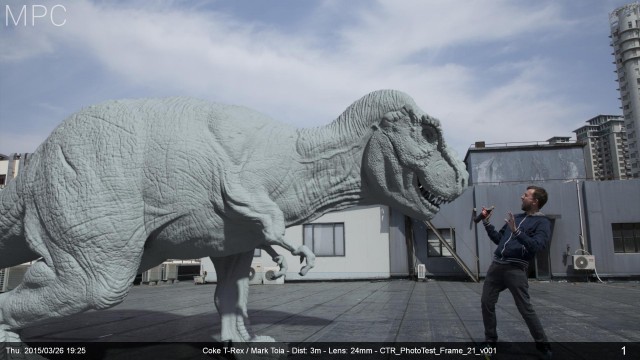
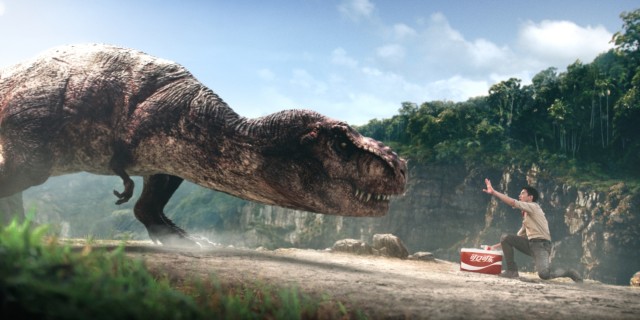
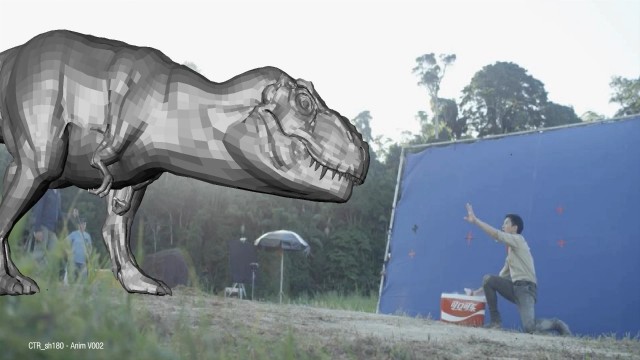
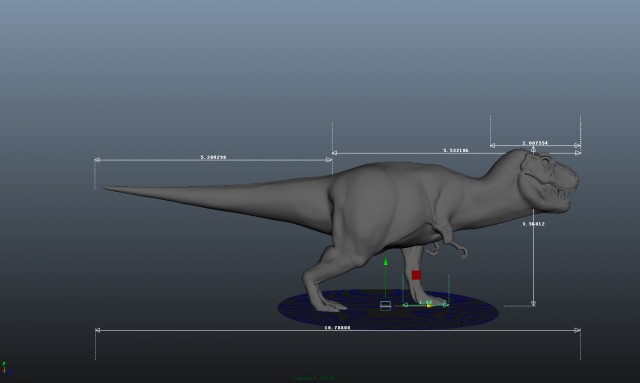
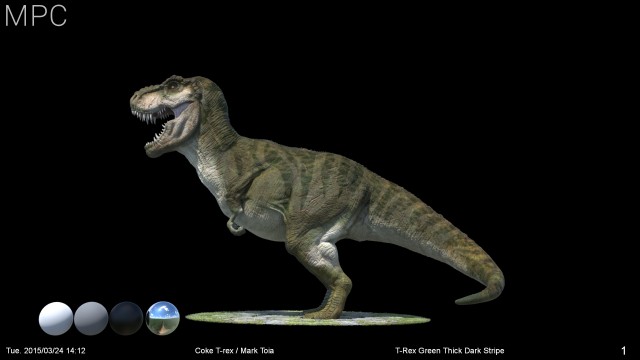
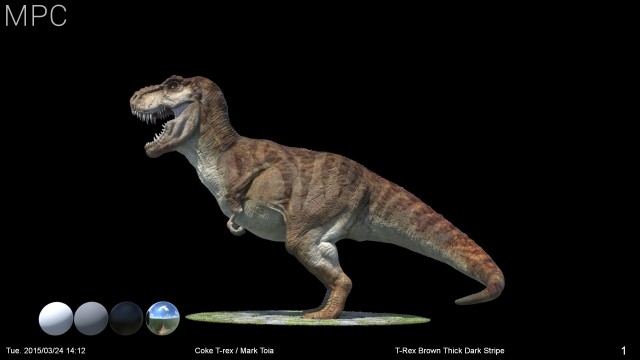
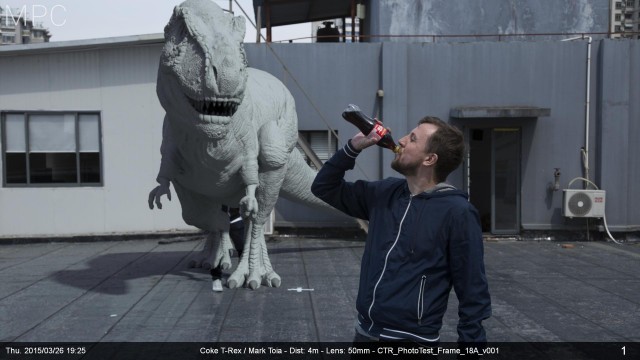
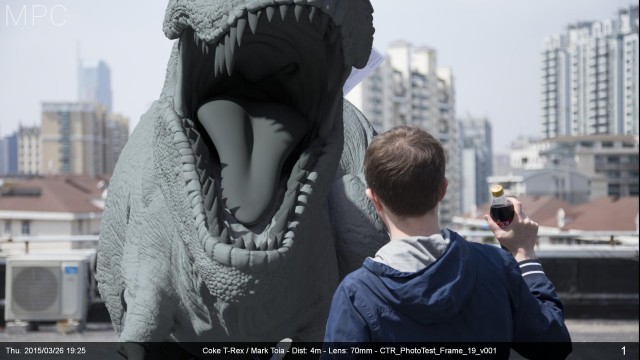
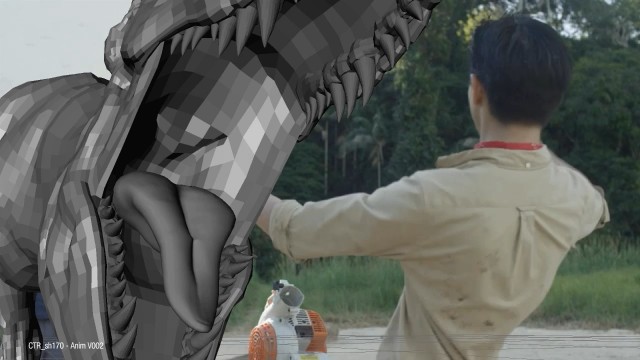
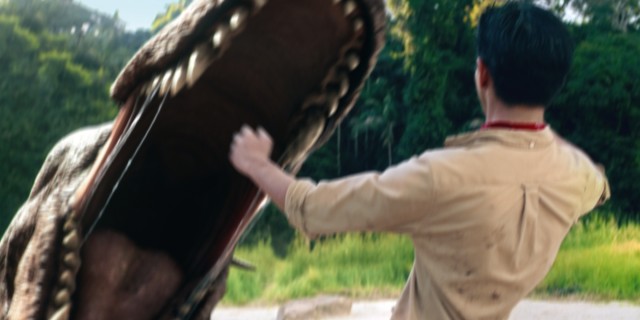
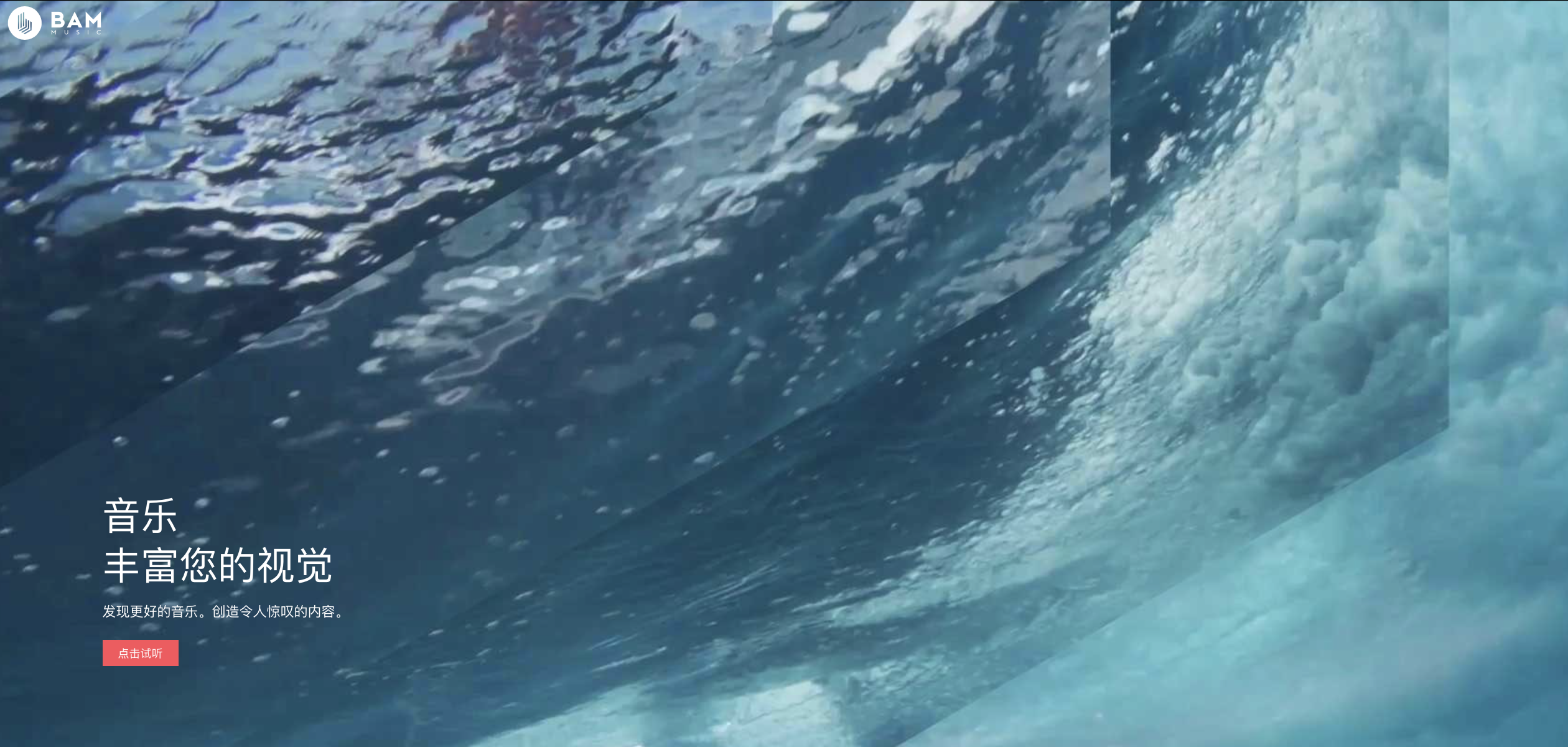 BAM Music Library Brings Edgy, Indie Sounds to Chinese Creatives
BAM Music Library Brings Edgy, Indie Sounds to Chinese Creatives
